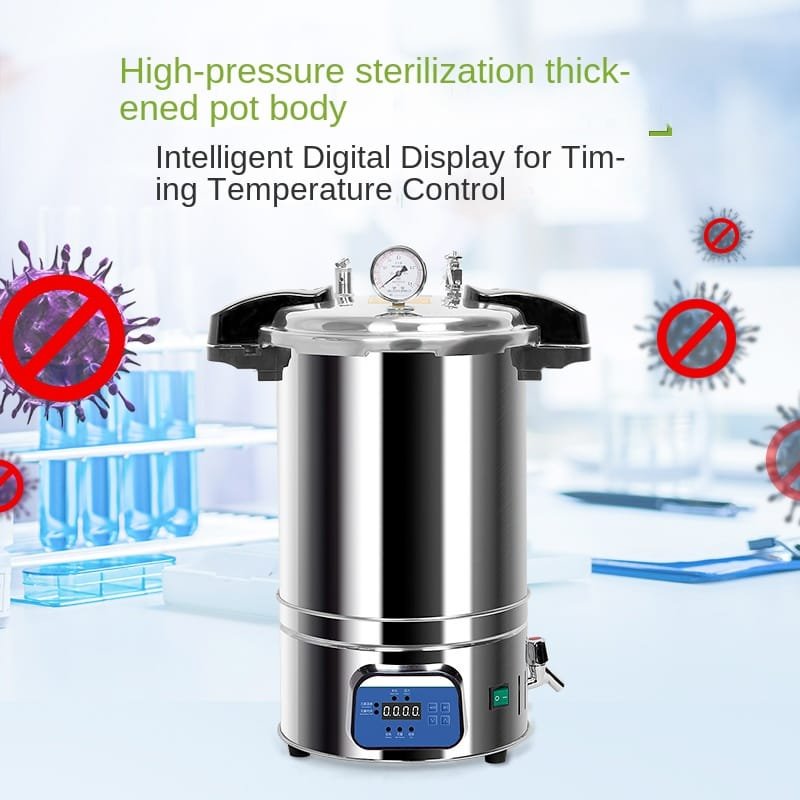
Cause:
Insufficient steam generation.
Malfunctioning heating element.
Blocked steam lines.
Solution:
Check water levels and refill if necessary.
Perform an inspection on the heating element and substitute it when you find it defective.
Clear any blockages in the steam lines.
Cause:
Faulty pressure gauge.
Clogged vent or drain valve.
Overloading the chamber.
Solution:
Calibrate or replace the pressure gauge.
Clean the vent and drain valve regularly.
Avoid overloading and ensure proper steam circulation.
Cause:
Damaged door gasket.
Loose or worn seals.
Improperly closed door.
Solution:
Check the door gasket and install a new one if needed.
Tighten or replace worn seals.
Check that the door is fully closed before you begin the cycle.
Cause:
Incorrect temperature or pressure settings.
Overloading the chamber.
Air pockets in the chamber.
Solution:
Check and modify both temperature and pressure settings.
Lower the amount of material inside the chamber to ensure steam can circulate properly.
Employ the vacuum cycle to eliminate any existing air pockets.
Cause:
Electrical issues.
Sensor failures.
Software glitches.
Solution:
Check the power supply and connections.
Inspect and replace faulty sensors.
Either restart the autoclave system or update its software when necessary.
Autoclave problems can be minimized with routine maintenance and immediate problem-solving. Understanding usual problems and their solutions allows users to maintain their autoclave performance and prolong its functional life. Users should consult the manufacturer’s manual for detailed instructions and seek professional help for complicated repairs.
The problem arises from either insufficient water levels, a faulty heating element, or excessive load inside the autoclave. Check these factors and adjust as needed.
Users can handle small tasks like cleaning or gasket replacement but must leave difficult repairs to skilled technicians.
Regularly verify sterilization effectiveness through biological indicators known as spore tests.
Check the user manual to find the specific error code and adhere to the prescribed troubleshooting steps. If the issue persists, contact a technician.
Perform weekly cleaning of the autoclave chamber and gasket along with the drain valve to block buildup and maintain peak performance.
The article delivers an extensive guide on how to identify and solve frequent autoclave issues which supports users in preserving efficient sterilization systems. Please inform me if you’re interested in continuing with the next article.
Why Autoclave Is The Best Method Of Sterilization